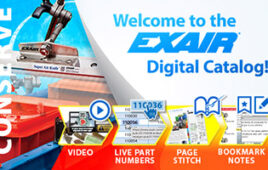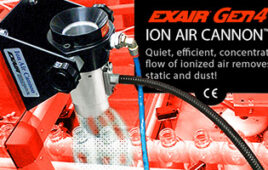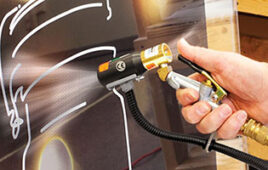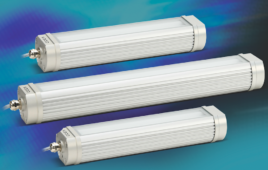For industrial manufacturers, using precise, analytical instruments designed for the specific requirements of an application is critical. Unfortunately, instruments are often incorrectly selected for the job, improperly calibrated, or fail prematurely, resulting in production downtime and safety risks.
“Inaccurate moisture measurement or composition analysis could lead to miscalculations in the creation of a new polymer, for example, resulting in a weak product that is unsafe for real-world use,” said John Bogart, Managing Director of Kett US, a manufacturer of a full range of moisture and organic composition analyzers. “It could result in failure to meet safety standards, impurities in raw materials, misjudged shelf-life, or the wrong product potency. It can also waste process time due to inefficient practices or mechanisms that don’t serve the needs of the processor or manufacturer.”
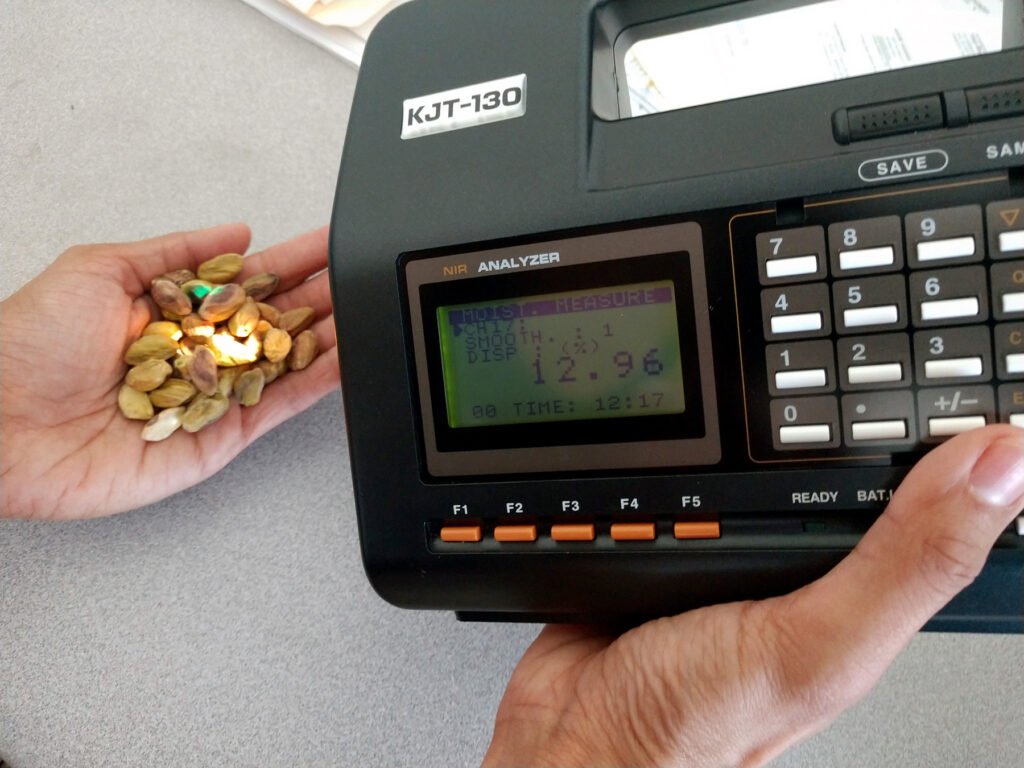
Kett KJT130 portable moisture meter – instant moisture measurement on pistachio nuts
To understand the issue of industrial instrument problems in greater depth, Bogart and his team at Kett reviewed many independent studies across industries and sectors. The results indicated that facility managers encounter several types of instrument challenges.
In some cases, facility managers could not find the appropriate moisture measurement or composition analysis instruments for their specific type of production. Instead, they relied on analyzers that did not provide the required accuracy, consistency, or repeatable results.
Alternatively, some instruments failed due to abrasive wear and tear or exposure to harsh conditions. Extended exposure to salts, moisture, or chemical solvents, for example, can accelerate corrosion, breakdown, and the need for replacement.
Facilities also reported that they often did not have enough support from suppliers to evaluate, install, and calibrate the instruments or train their personnel on proper operation. Errors occurred when employees improperly handled and used the instruments, particularly when they had unanswered questions.
“In these kinds of situations, many manufacturers come to us already frustrated. We understand because selecting the wrong instrument is upsetting, time-consuming, and incredibly costly,” said Bogart.

The Kett KJT130 analyzer.
Based on their research findings, Kett developed a comprehensive framework called their “Total Care Solution Package” to reduce the risks and errors related to inaccurate measurement and composition analysis.
Support comes in the form of assistance with calibration curve development to ensure accurate readings, along with on-site operator training. A calibration curve is one approach to the problem of instrument calibration. The calibration curve is a plot of how the instrumental response (the analytical signal) changes with the concentration of the analyte (the substance to be measured). Because industrial settings can be harsh, the OEM designs instruments that can endure the rigors of the field as well as the wear and tear of production.
As the need to increase production while maintaining safety and quality continues, manufacturers and processors that partner with an OEM that can provide the instruments and expertise required will have a competitive advantage in the market.
Kett
www.kett.com
Filed Under: INDUSTRIAL SAFETY SYSTEMS

